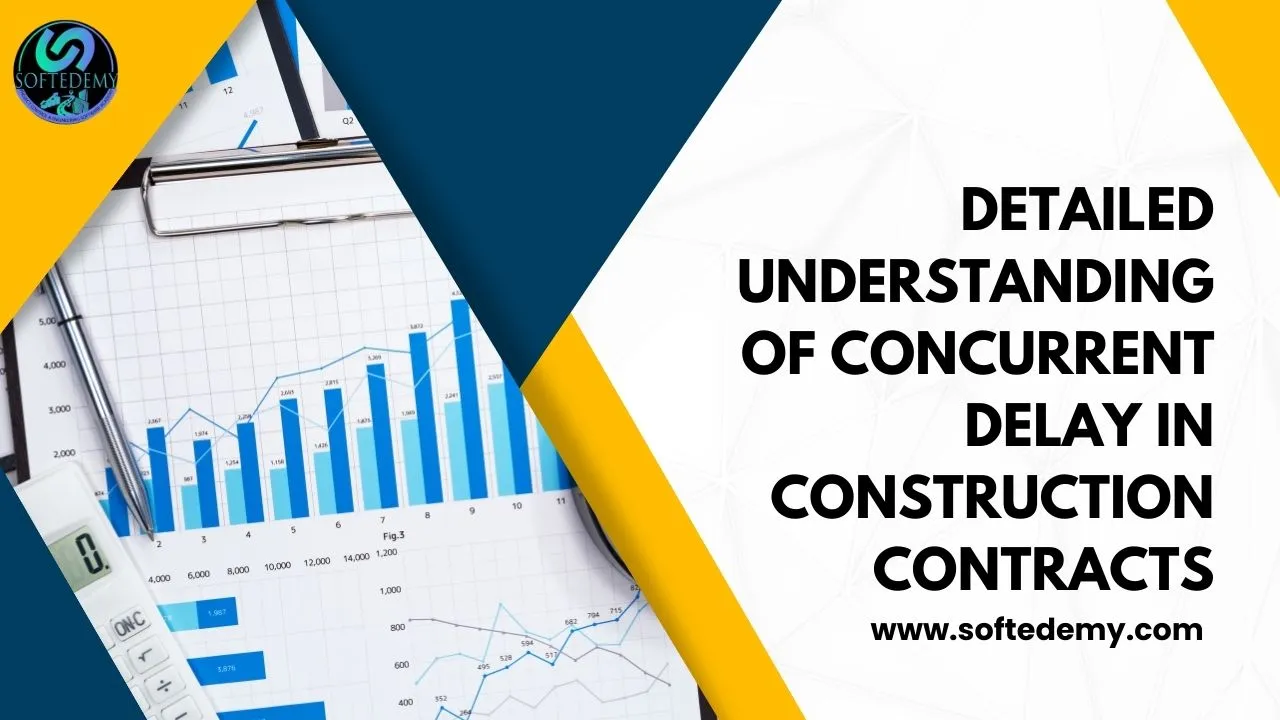Introduction to Concurrent Delay
Concurrent delay in construction contracts arises when delays caused by both the contractor and the employer occur simultaneously, impacting the project’s critical path. Navigating concurrent delays can be challenging due to the complexities involved in proving and apportioning the delay between both parties.
Challenges in Concurrent Delay
1. Identification and Proof:
Establishing concurrent delay requires detailed documentation and analysis to show that delays caused by both parties impacted the project at the same time.
It involves determining that each party’s delay contributed significantly to the overall project delay.
2. Fairness and Apportionment:
Deciding the extent of delay attributable to each party can be complex. Some contracts provide guidelines for apportioning delays, while others may not.
Apportionment can be based on the contribution of each party to the delay, requiring a thorough analysis of project schedules and delay events (Turtons Lawyers).
Potential Consequences for Each Party
For Contractors:
Extension of Time (EOT): Successfully proving concurrent delay can allow contractors to claim an EOT, helping them avoid liquidated damages for project delays.
Prolongation Costs: Recovering additional costs due to the extended project schedule can be challenging and often depends on specific contract provisions and the ability to prove that the delay was caused by the employer’s actions (Bibloteka).
For Employers:
Liquidated Damages: Employers may still claim liquidated damages if they can prove that the contractor was responsible for some of the delays, even in the presence of a concurrent delay caused by the employer (Construction Front).
Contractual Handling of Concurrent Delay
1. Specific Clauses:
Some construction contracts have specific clauses that address concurrent delay, outlining how to identify, claim extensions, and apportion delays. These clauses may define the process for proving concurrent delay and the methodology for apportionment (Quantity Surveyor Blog).
2. Industry Standards:
In the absence of specific contractual clauses, industry standards such as the Society of Construction Law’s Delay and Disruption Protocol (SCL Protocol) may be used as a guide for handling concurrent delay. These standards provide best practices for managing and apportioning delays in construction projects (Bibloteka) (Quantity Surveyor Blog).
Example Scenarios of Concurrent Delay
Scenario 1: Office Building Construction:
Contractor Delay: Delay in receiving steel beams due to a supplier shortage.
Owner Delay: Delay caused by changes to the electrical system design.
Concurrent Delay: Both delays overlap, affecting different parts of the construction process, pushing back the project’s completion date.
Scenario 2: Hospital Wing Construction:
Contractor Delay: Delay in receiving critical electrical components due to a supplier issue.
Owner Delay: Delay caused by significant changes to the interior layout requiring revisions to architectural drawings.
Concurrent Delay: Both delays overlap, with each party’s delay affecting different aspects of the project for a concurrent period.
In both scenarios, the contractor may claim an EOT due to the owner’s changes, while the owner might impose liquidated damages due to the contractor’s delays. Proving and resolving these delays often requires expert analysis of project schedules (Construction Front).
Resolving Concurrent Delay
1. Contractual Clauses:
Contracts often include clauses that address concurrent delays, outlining the process for analysis and resolution. This may involve granting an EOT to the contractor for the period impacted by the concurrent delay.
Apportionment of the delay between the owner and contractor based on the impact of each event is often necessary (Turtons Lawyers) (Bibloteka).
2. Expert Analysis:
Scheduling analysis techniques, such as Time Impact Analysis (TIA) or the Critical Path Method (CPM), are used to isolate the effects of each delay event.
Experts may be engaged to provide detailed analysis and support the claims with robust evidence (Bibloteka) (Quantity Surveyor Blog).
Conclusion
Concurrent delay in construction contracts is a complex issue that requires careful documentation, analysis, and understanding of both contractual and industry standards. Successfully navigating concurrent delays involves proving the delays, apportioning the responsibility, and adhering to contractual provisions.
Leave a Reply
You must be logged in to post a comment.


























































